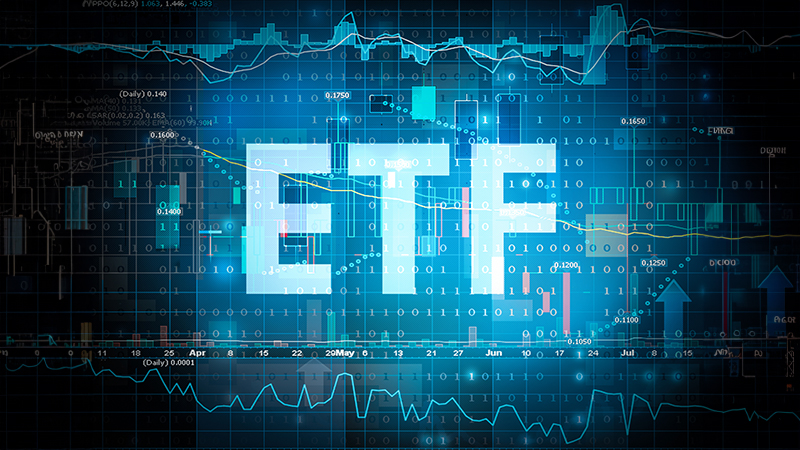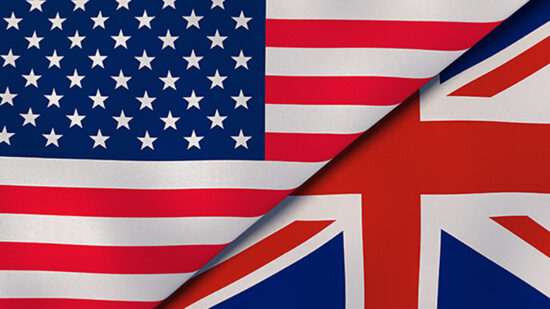Active ETFs have long been the bridesmaid to passive ETFs. Just 8% of the global market, and 3% of the market in Europe, widespread adoption has been elusive. However, there are signs of this changing with a raft of new launches, and new data showing growing demand among investors.
Jupiter, Avantis and Robeco have all launched ETFs in the past month. Jupiter has launched a global government bond ETF, listed on the London Stock Exchange. The new ETF will be managed by Vikram Aggarwal and will focus on mispricing in the sovereign bond market. It has been launched in partnership with white-label ETF specialist, HANetf.
Robeco launched four active ETFs late in 2024 and is teeing up an emerging market-focused product for launch this quarter. Avantis has launched three ETFs into the UK market – the Avantis Global Small Cap Value UCITS ETF, Avantis Global Equity UCITS ETF and Avantis Emerging Markets Equity UCITS ETF. Schroders has also indicated that it plans to enter the market.
The Fidelity International Professional Investor DNA Survey, released last week, found that professional investors increasingly favour active ETFs over other investment vehicles. It showed that while active ETFs are under-represented in the overall European ETF market, significant change is underway.
See also: Jupiter makes foray into active ETFs
The European active ETF market has expanded sharply from $38bn to $64bn over the past year. In particular, Fidelity research found strong demand among intermediaries and distributors, with 61% looking to increase their active ETF allocation.
Kenneth Lamont, strategist at Morningstar, had already picked a rise in active ETFs as one of his five key trends for 2025: “Trailblazers such as JP Morgan have been joined by a string of traditionally active investors such as Janus Henderson and Robeco looking to ride the coattails of the ETF boom. Expect more entrants in 2025, including those already established in the booming active ETF market (such as ARKK).”
Market motivation
The motivation for fund groups to launch active ETFs is clear. Investors are increasingly disillusioned with the cost and performance of active funds, instead turning to lower-cost passive products for cheaper fees and index-linked returns.
Active ETFs provide a hybrid option. The Fidelity research shows that most investors are looking at active ETFs to isolate pockets of alpha generation, but also for their relative ease of use. Access to specialist views, performance track record and meeting sustainability goals were also important.
There are other advantages. They tend to be cheaper, and more transparent. Full daily holdings are available, so investors can see exactly what is in the portfolio at any time. Investors can also trade at any point in the day and know the price they will get.
Alastair Baillie Strong, global head of ETFs at Fidelity International, added: “They are very risk-controlled and investors understand what they get from market exposure point of view… Lots of the strategies on offer today are ‘enhanced core’ – so relative to a market cap benchmark. They aim to achieve some excess returns from stock selection or a carefully chosen alpha source.”
However, this is changing. He added there is a steady move for active ETFs to become more active.
Avantis believes active ETFs can pick up market share from factor-based ETFs and active funds. It pointed out many of the patterns isolated by factor-based ETFs have no reason to exist and just happened randomly in the past. It added while some factors provide benefits (such as low volatility), they may not increase returns.
Matthew Dubin, portfolio manager at Avantis Investors, pointed to the difficulty of assessing active funds. They do not readily follow the labels they assign themselves, with Morningstar style boxes showing real discrepancies for funds that are ostensibly the same style. He said: “Investors don’t necessarily know what they’re getting. Value is defined by four variables, quality is defined by 10 variables.”
See also: Fidelity: Intermediaries increase active ETF exposure
This means that funds that technically fall into the same category can have different results. This even applies to indices. The S&P 500 Value and the MSCI USA Value have delivered annualised returns 2.2% apart (2009-2023). The gap for smaller companies is even wider – with the gap between the CRSP US Small Cap Value and the Russell 2000 Value, at 3.15%. Active ETFs are more systemised and predictable.
The Avantis process looks at the cashflow and discount implied by the current share price. Dubin added: “With market-cap weighted funds, a higher price means a higher weight. There is no consideration of expected return. We want to be overweight companies with a good price and higher profits.”
Tax concerns
However, Morningstar remains sceptical that active ETFs will become a significant part of the European market, particularly as they lack the tax advantages they enjoy in the US.
Lamont said: “Those looking at the booming US market and expecting similar asset growth here will be disappointed. While most market participants agree that the ETF wrapper is superior to the traditional mutual funds, the marginal benefits are not as clear cut as they are in the US, where ETFs retain a clear tax advantage.”
He added that active ETFs offer a way to leverage in-house expertise or repackage existing strategies to attract new investors through fresh distribution channels, but it remains less than 0.5% of the broader European fund market. Certainly, many active ETFs look very like a ‘normal’ active fund, but just structured as an ETF, and it is difficult to know whether this will be enough to spur adoption.
Nevertheless, it has been another tough year for active managers, with Trustnet research showing information ratios are at their lowest point in more than a decade. This may prompt investors to ask whether some aspects of asset selection could be systemised and delivered at cheaper cost.








